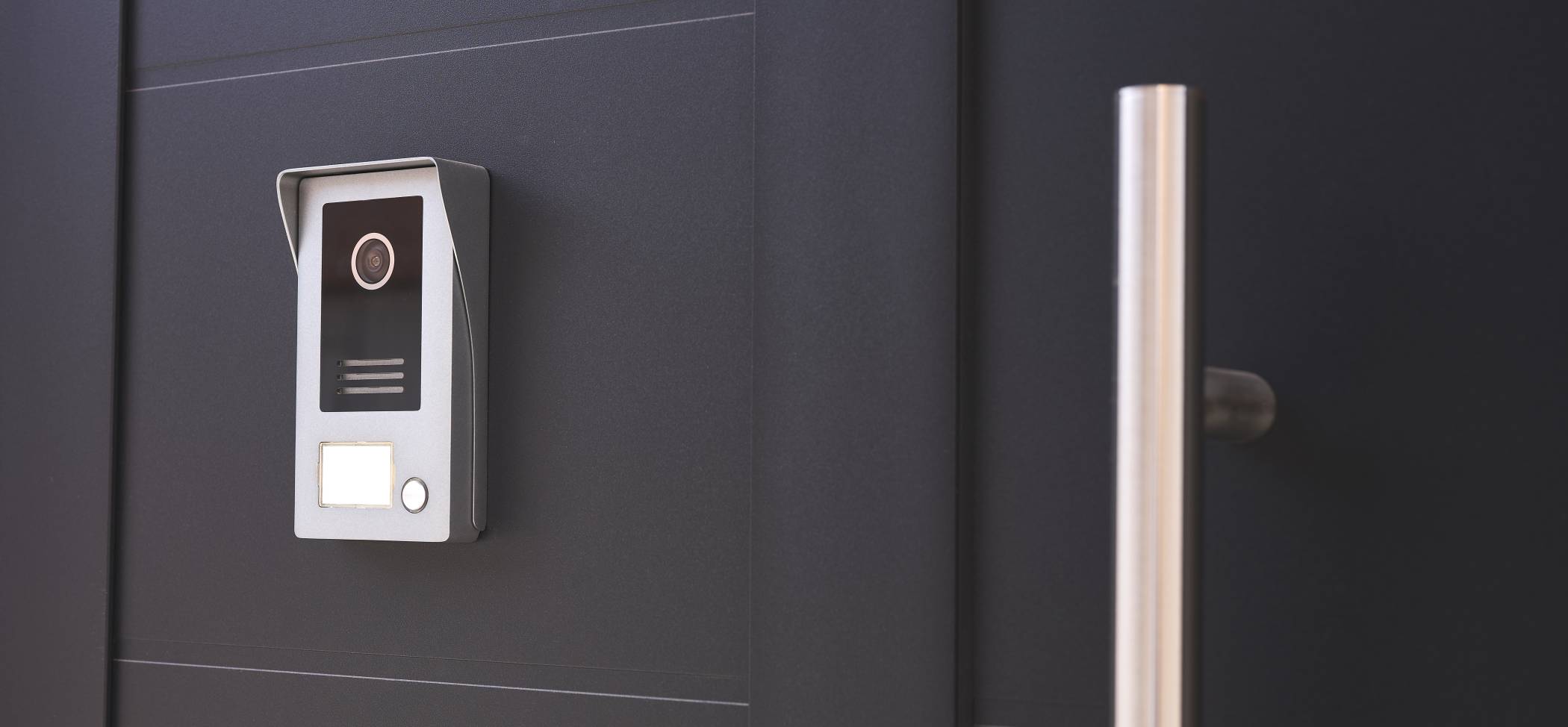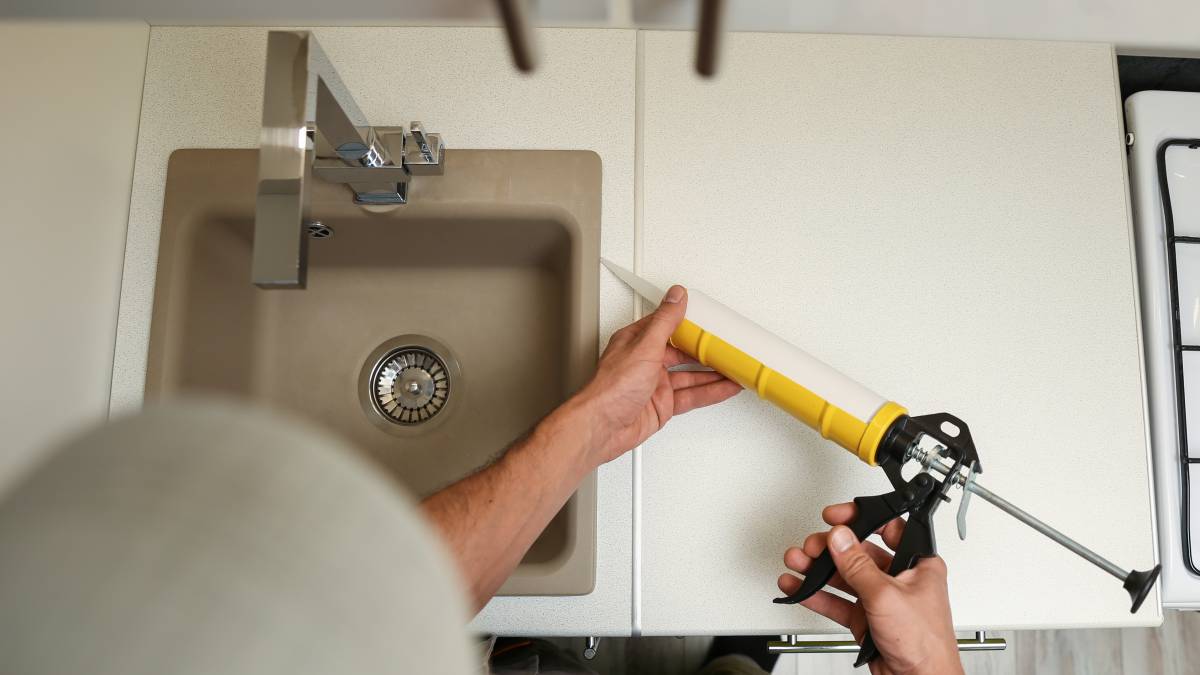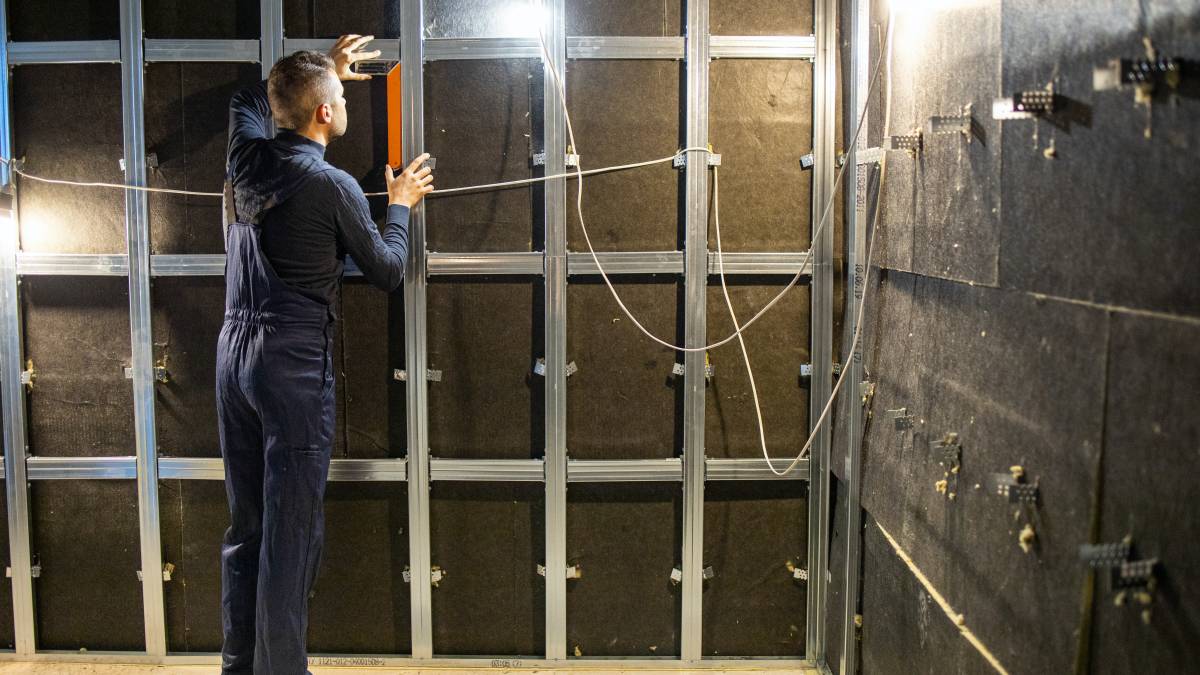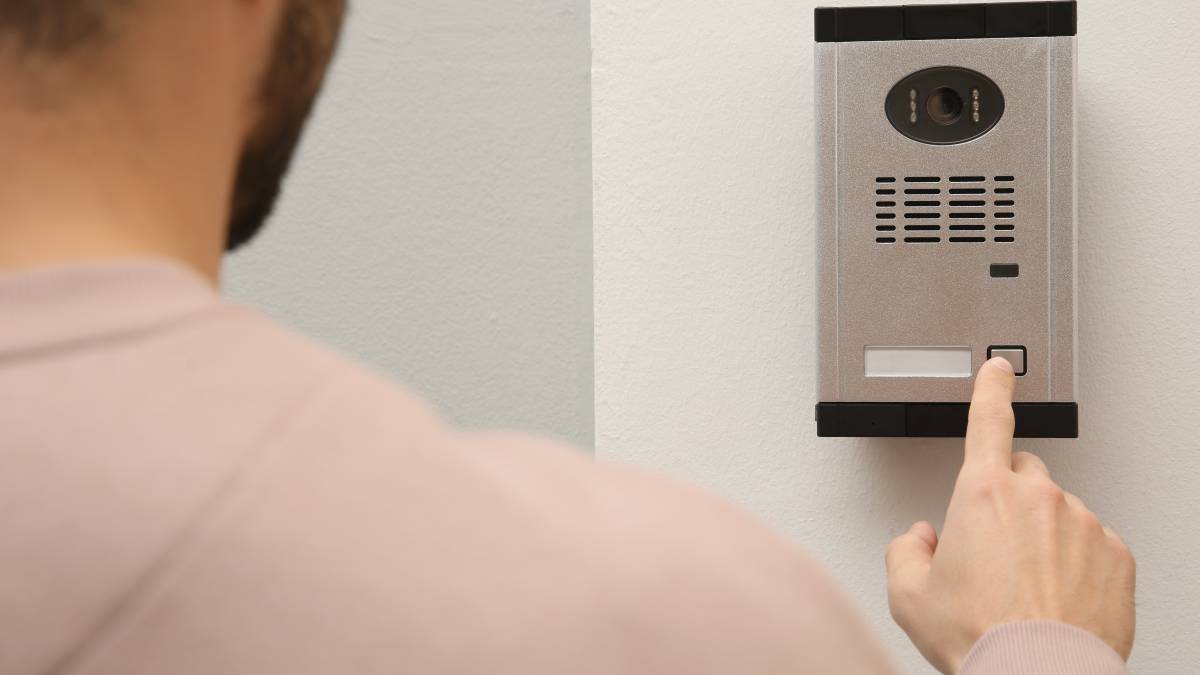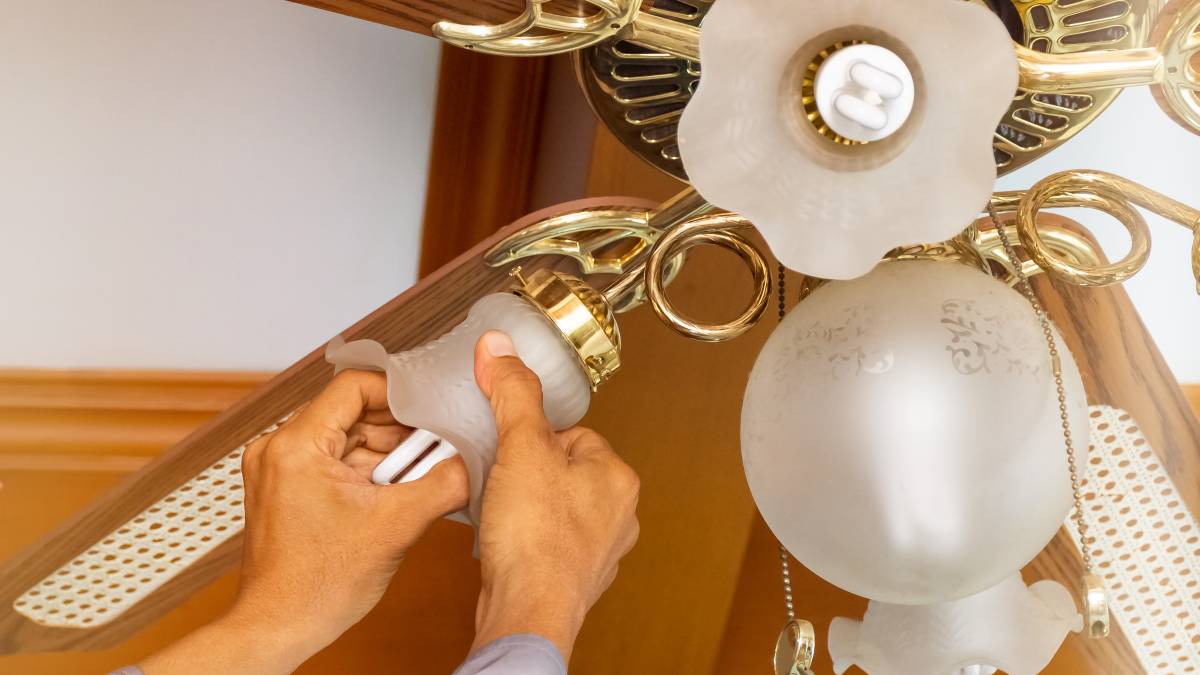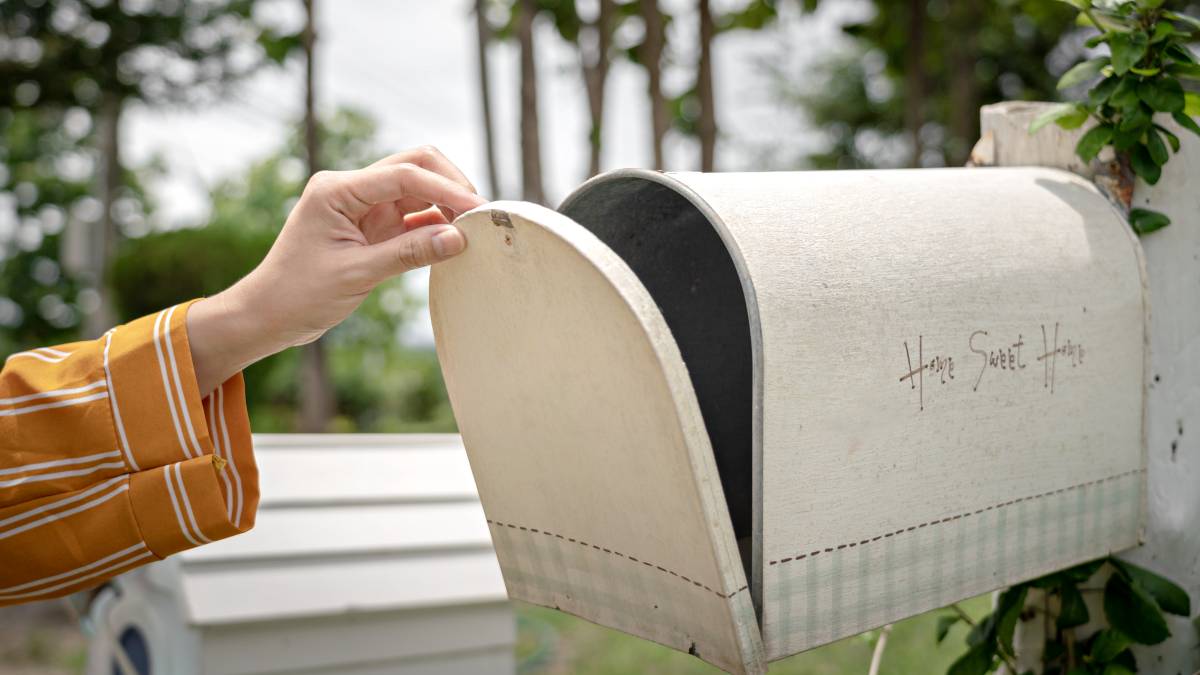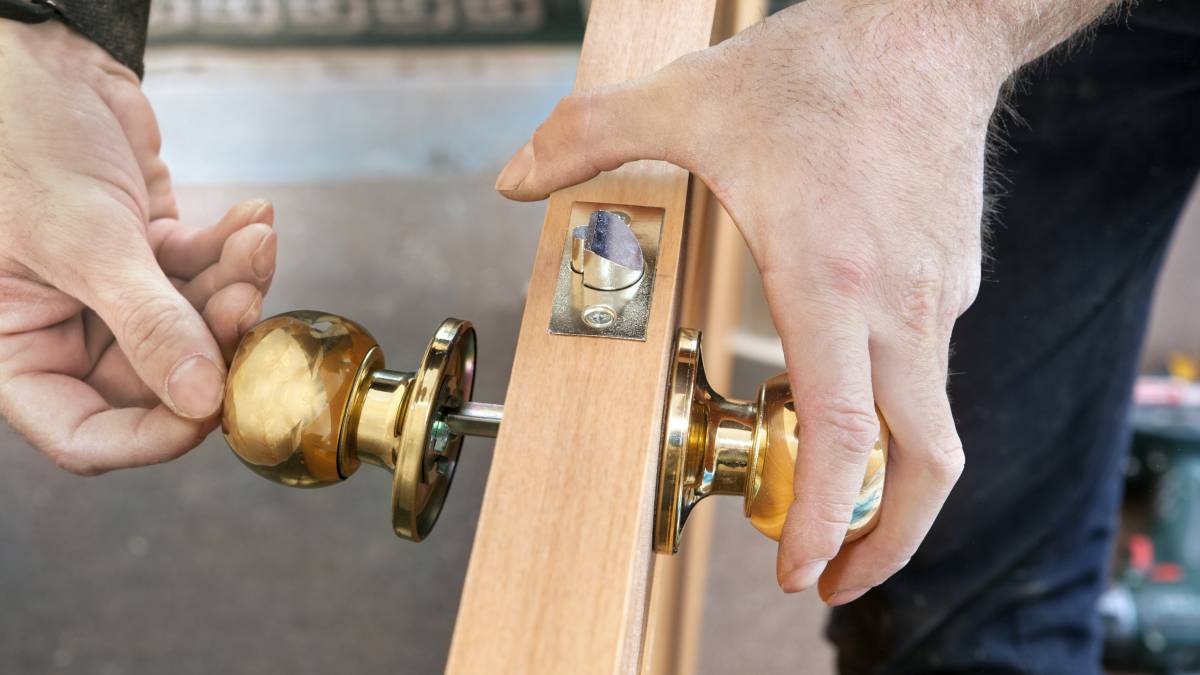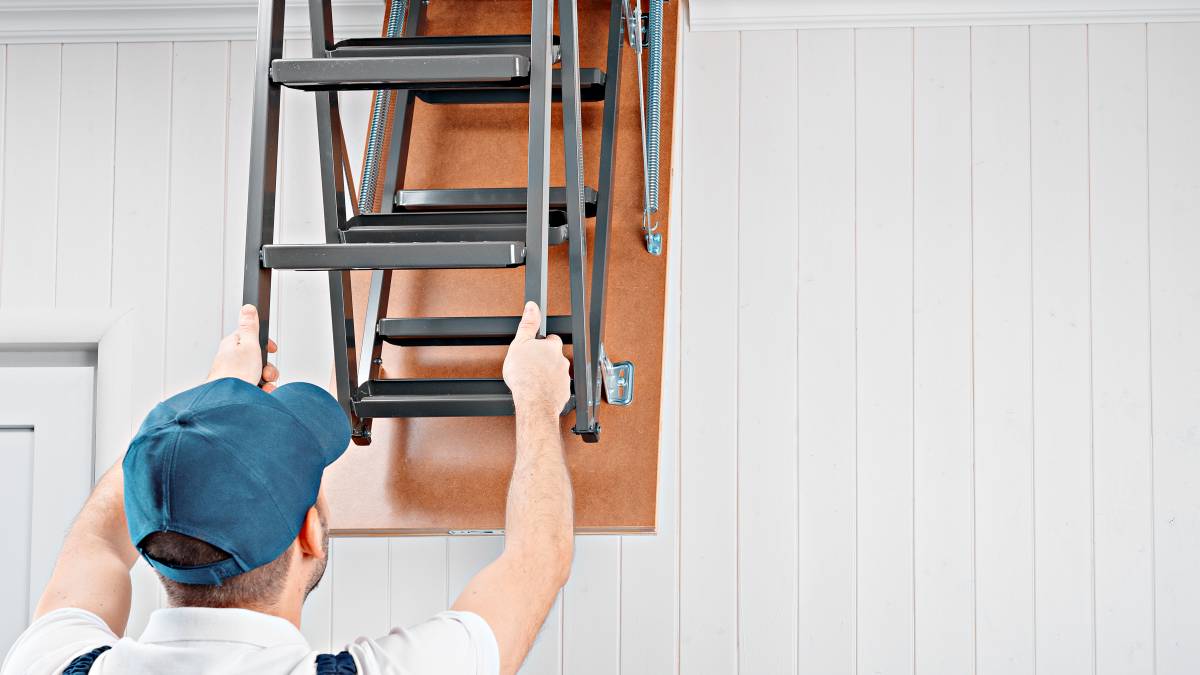- Home/
- Guides/
- Ceiling Fan Installation/
- How to Measure Ceiling Fan Size
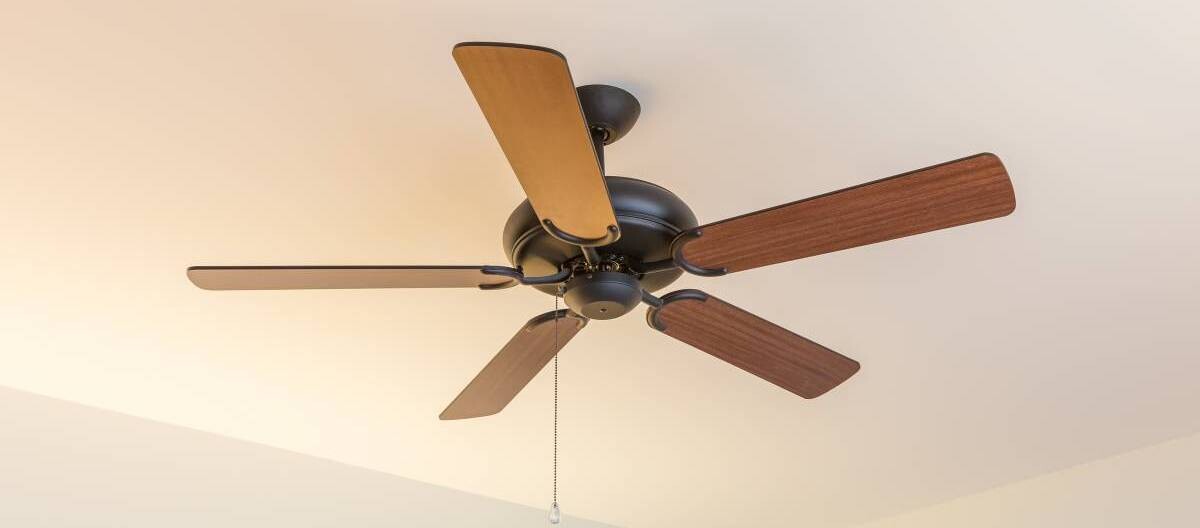
How to measure ceiling fan size for any room
Need help with your ceiling fan? Learn from local handyman in our community!
Join Airtasker today!Last Updated on
We’ve all been there - wanting to install a new ceiling fan in a new home, or figuring out how to replace the wonky old unit. If you’re wondering what size ceiling fan to get for your bedroom, you came to the right place! In this guide, we’ll show you how to measure ceiling fan size quickly and easily.
After reading this guide, you’ll be ready to purchase and install your new ceiling fan!
What to measure to get the right size for a ceiling fan
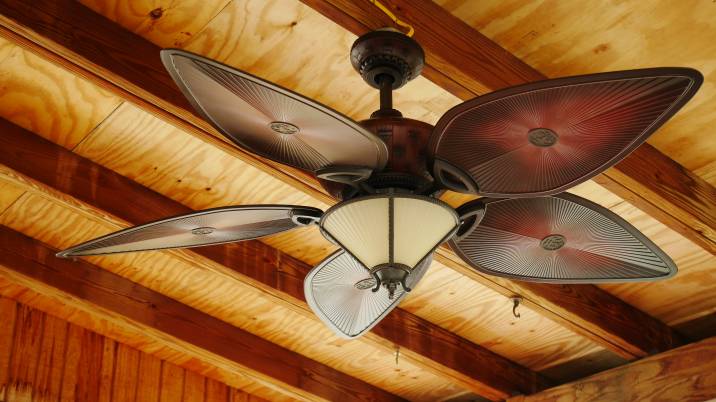
To get the correct ceiling fan size, you’ll need to take note of the following:
Ceiling height
Area of the room in square meters
The sweep or blade span
The distance of the fan blades to the nearest wall
Length of downrod (for sloped or high ceilings)
If you don’t know how to get these measurements for your ceiling fan installation, no worries! We’ll guide you through the steps as well.
How to measure a room for a ceiling fan
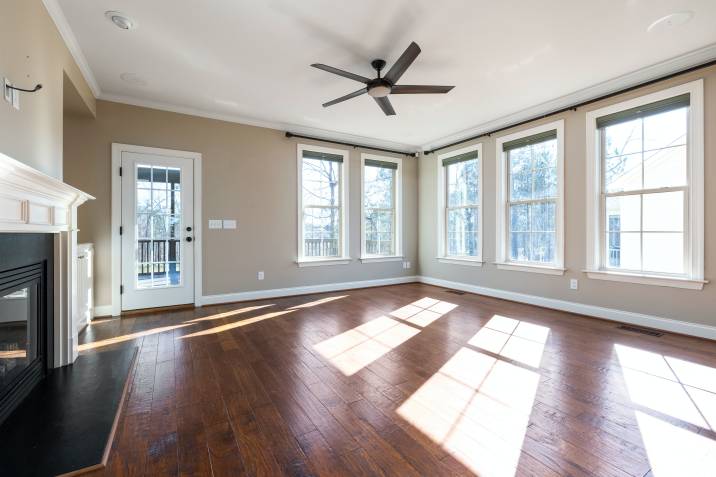
The first step is to determine the room area that can accommodate the ceiling fan.
Start with the ceiling height. Simply get a tape measure and measure from ceiling to floor. If you can’t manage to reach a ceiling on your own, you can get a local handyman to help you out.
Next, measure the area of the room. To do this, get the length and width of the room in meters, then multiply these 2 numbers.
Remember to measure twice and to take note of each figure. This helps you stay accurate when measuring ceiling fan sizes.
Now, it’s time to learn how to measure the size of a ceiling fan.
How to measure a ceiling fan
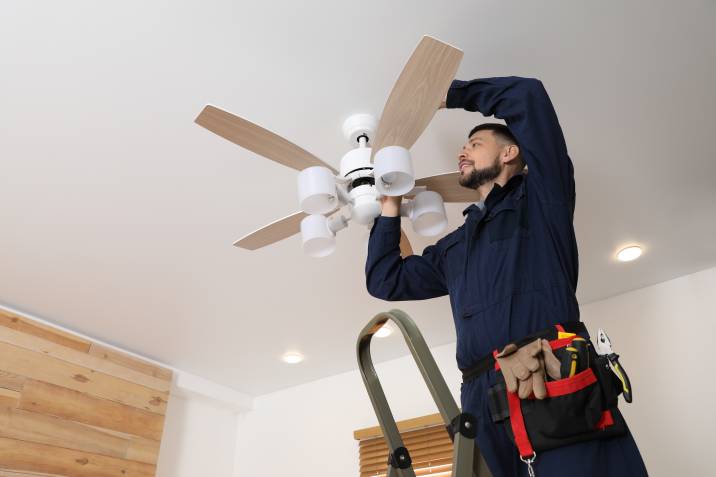
How do you get ceiling fan size measurements? It’s easy! You’ll need the sweep or blade span, as well as the downrod length. You can get all these without depending on a ceiling fan size calculator!
Step 1: Measure the sweep
For ceiling fans with odd-numbered blades: Measure from the centre of the fan to the tip of a blade. Multiply this figure by 2 to get your sweep.
For ceiling fans with even-numbered blades: Measure from one blade tip to another. The result is your sweep.
For example, here’s how a 52-inch ceiling fan is measured:
Assuming it has 5 blades, you’ll measure from the centre to the tip of a blade and get a measurement of 26 inches. Multiply this by 2, and you’ll get 52 inches. That’s the sweep or blade span from tip to tip.
Step 2: Get the downrod length
To do this, use a tape measure to get the height of the ceiling fan. This includes the motor housing and lighting fixture without the actual downrod. This figure will usually be between 8-12 inches.
Next, calculate your required downrod length. You can do this by using the formula (CEILING HEIGHT - FAN HEIGHT) - DESIRED HANGING HEIGHT = DOWNROD LENGTH.
Pro-tip: Remember that your fan blades should have at least 2 m of clearance from the floor, and at least 50 cm of clearance from the nearest wall, door, or window.
Recommended ceiling fan size chart
Now that you know the dimensions you’re working with, it’s time to go through the various ceiling fan sizes to check for their measurements.
Recommended ceiling fan sizes based on room size
Room size |
Ceiling fan sweep size |
Room type |
Less than 9 sqm |
48 inches or smaller |
Bathrooms, linen closets, porches |
9-16 sqm |
48-56 inches |
Small bedrooms |
16-20 sqm |
56-70 inches |
Master bedrooms, living rooms, kitchens |
Greater than 20 sqm |
Multiple fans of 56-70 inches sweep each |
Large living rooms |
Recommended ceiling fan downrod length based on ceiling height
Ceiling height |
Downrod length |
2.7 m |
Up to 30 cm |
3.1 m |
30-45 cm |
3.3 m |
45-60 cm |
3.7 m |
60-90 cm |
4.0 m |
90-120 cm |
4.3 m |
120-150 cm |
4.6 m |
180 cm and up |
As you can see, determining ceiling fan size for rooms is quite straightforward - no need for a calculator!
Here’s an example: Let’s say you want to see if a 52-inch fan is too big for a 12x12 room. Based on the chart, it is indeed too large since you won’t have enough clearance from the wall to the blade. Meanwhile, a 40-inch fan will be a more appropriate fit for the same room.
Another example: if your room measures 2.8 x 2.5 m (7 sqm), a 44-inch ceiling fan. But this same fan wouldn’t be quite as effective in a room that’s 9 sqm in size or larger.
If you have 2.7 meter-high ceilings, you can get a downrod of up to 30 cm long. This allows for enough clearance. Of course, you can always check with a local handyman if you’re unsure about how to proceed with your ceiling fan installation.
Additional tips to measure your ceiling fan
Still figuring out how to best manage a ceiling fan installation in your home? Here are some other handy tips that can help:
Check with an expert if your ceiling is strong enough to support the fan, and if the appropriate electrical junction box is installed.
Your ceiling shape matters. While some units can accommodate a slope of up to 30 degrees, you might need a bracket or angled ceiling mount adapter.
If you’re getting light kits with your ceiling fans, note that these will add inches to the unit’s height.
When calculating clearance height and downrod length, account for the height of cabinets and doors.
Consider the design of the fan, since large ones can have a big impact on the design and overall feel of a room.
If installing a small ceiling fan in a relatively large room, position it over key gathering areas, such as a couch, dining set, or bed.
Feel the cool air at home
Now that you know how to measure and pick out the right ceiling fan, it’s time to install it! Sounds complicated? Thankfully, you can leave this job to a highly-rated ceiling fan installer near you - and you can book one on Airtasker right now!
Related articles

How to Soundproof a Room
Read more

30 Eye-catching pantry door ideas
Read more

How to fox proof your chicken coop
Read more

How to install curtain rods
Read more

Best blue-collar jobs on Airtasker
Read more
Related price guides

How much does treadmill repair cost?
Read more

How much does clock repair cost?
Read more

How much does hot tub repair cost?
Read more

How much do roman blinds cost?
Read more

How much does window repair cost?
Read more

How much does signage cost?
Read more

How much do chainsaw services cost?
Read more






























